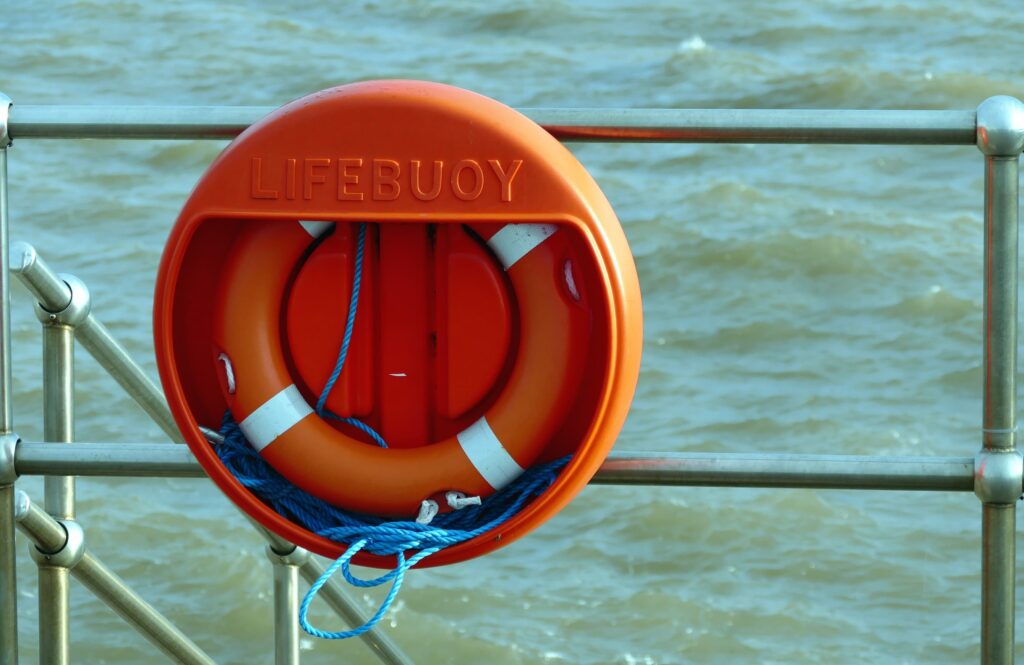In order for students to learn, they need positive outdoor experiences. Unfortunately, many students are fearful of outdoor environments. This is especially true when those environments are new to them. As teachers, it is our job to prepare our students for outdoor learning. In this blog post, we will discuss how to create a sense of security for students in outdoor environments. We will also provide tips for teachers who want to foster a positive outdoor teacher mindset!
Preparing Students and Teacher’s Mindset
There are several things teachers can do to prepare students for outdoor learning experiences. First, it is important to build positive relationships with students. Students should feel comfortable talking to their teacher about any concerns they have about going outside. Second, teachers can provide opportunities for students to gradually acclimate to being outdoors. This can be done by starting with short periods of time outside and gradually increasing the amount of time spent outdoors. Finally, it is important to provide positive reinforcement for students who participate in outdoor learning experiences. This can be done through verbal praise, stickers, or other positive incentives.
Preparing Students to Learn Outside
Alerting parents and students about the coming trip a few days before will give them time to mentally and physically prepare. This is also a good opportunity to review expectations for behavior, such as staying with the group, respecting others’ personal space, not touching plants or rocks without permission, etc. If students are aware of the expectations ahead of time, they will be more likely to follow them.
On the day of the trip, it is helpful to do a quick review of the expectations and safety procedures. This can be done as a whole group or in small groups depending on the size of the class. It is also important to provide students with an opportunity to use the restroom before leaving for the trip.
Continue the conversation with your Students
Listen to their anxieties and concerns about learning outdoors. When you return to the classroom, spend some time debriefing the trip with your students. This is an opportunity for them to share what they liked and didn’t like about the experience. It is also a good time to talk about any challenges that were encountered and how they were overcome. This will help prepare students for future outdoor learning experiences.
Set Appropriate Behavior Expectations
These expectations should be positive and developmentally appropriate. For example, instead of saying “Don’t run,” you could say “Please walk.” It is also important to make sure that the expectations are realistic and achievable. For young children, it may not be realistic to expect them to sit still for an entire lesson. However, they can be expected to sit for short periods of time.
Enforcing the Expectations
It is important to consistently enforce the expectations that have been set. This means that if a student breaks a rule, there should be a consequence. Consequences should be positive whenever possible. For example, if a student is running, you could ask them to help you carry something back to the classroom.
Give Students many wayS to Experience the Outdoors
Make use of all five senses when exploring the outdoors. Have students smell different leaves, touch various textures, listen for sounds made by wind or animals, and taste safe berries or fruits.
Prepare for All Weather Conditions
Be sure to dress appropriately for the weather conditions. This includes layering clothing so that it can be added or removed as needed. It is also important to have sunscreen and hats available for sunny days. On days when it is raining, be sure to have raincoats and boots available for students.
Creating a positive outdoor learning environment will take some time and effort, but it is worth it! By taking the time to prepare students and set appropriate expectations, you can help create a sense of security that will allow your students to thrive. Pali Institute has an excellent outdoor education program where your students can thrive and grow!




